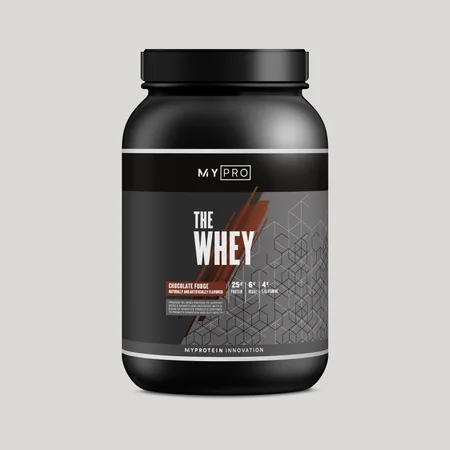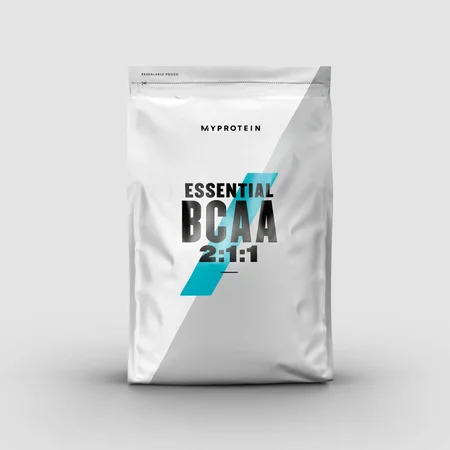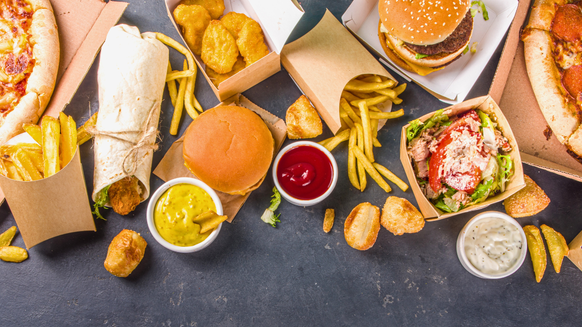
When thinking of a healthy diet it is easy to envision high protein, lots of healthy fats and a wide spectrum of micronutrients, but one nutrient always seems to go unappreciated. With the new fad of dieting on low (and sometimes no) carbs, it is easy to forget about fiber. With the daily recommended intake being around 25-30 grams a day, fiber is one of the most neglected macronutrients with the average adult eating less than half what is recommended on a daily basis.
While it is easy to conclude that fiber is only good for keeping you regular, this is not accurate. From lowering cholesterol, increasing satiety, and much more, fiber is one of the most important nutrients you should be eating more of! Read on to learn which form of fiber does what, how much of each you want as well as which foods you should add to your diet to increase your fiber intake.
Insoluble Fiber & Soluble Fiber
When you think of regularity, insoluble fiber is what should come to mind. This type of fiber does not get dissolved in the body and is also known as “roughage”, helping to clear out the bowels. Since it is not broken down in the body, this form of fiber has effectively zero calories. This is why a high fiber diet is recommended for weight loss as insoluble fiber will fill you up and pass through your body unchanged. Along with this benefit, insoluble fiber can also help individuals control irritable bowel syndrome, constipation and haemorrhoids.
Soluble fiber is a little different and more complex than the other. Unlike insoluble, this form dissolves in water and in the body creating a gel like substance. This fiber bulks up stool and helps it pass through the intestines more easily. While soluble fiber also keeps you fuller longer, it is digested by the body and does contain calories (2 per gram, or half of a normal carbohydrate).
Unlike other carbs though, soluble fiber does not contribute to spikes in blood sugar and actually lessens the spike when consumed with other carbs in the same meal. The benefits don’t stop there though; soluble fiber can also attach to cholesterol in the digestive system and carry it out of the body. This is why foods such as oatmeal have a label stating that soluble fiber can help lower the risks of heart disease. Lastly soluble fiber can help populate the good bacteria in the gut, much like the probiotics in Greek yogurt.
How to Get More Fiber in Your Diet
A good rule of thumb is to have a 2:1 ratio of insoluble to soluble fiber, meaning a daily intake of 30 grams should be comprised of 20 grams insoluble and 10 grams of soluble. Of course any slight variation will not cause negative side effects, but these numbers will help make sure you get the most health benefits.
When trying to increase your daily fiber intake it is important to not add too much all at once. If you go from 0 to 100 too quickly by eating no fiber regularly to the recommended amount it can lead to gastrointestinal distress as well as loose stool. Try adding 5 or so grams a day until you reach a normal level. Some foods high in soluble and insoluble fiber include:
? Wheat bran, and bran cereal (about 10 grams of insoluble fiber per serving)
? Beans such as black, pinto, kidney and navy (about 6 grams of insoluble fiber per serving)
? High fiber cereals and oatmeal (about 5 mixed grams per serving)
? Vegetables such as broccoli, artichokes, peas and brussel sprouts (between 4-8 mixed grams per serving)
? Fruit such as avocado (yep it's a fruit), raspberries and apples (around 3-6 mixed grams per serving)
? Nuts such as almonds, pecans and pistachios (around 3 mixed grams per serving)
Take Home Message
A balanced diet is arguably more important than any exercise routine for losing weight and getting in shape. Fiber is definitely something you do not want to forget on a daily basis, as a blockage will hamper your progress as well as be consistently uncomfortable (something none of us want). Not to mention the countless benefits that can do wonders for those who are overweight as well as in good shape. Thank you for reading to the end and I hope you learned something useful about fiber!











